Meet 2024 Ambassador Aaron: A Huge Fan of Queen, Guitar, Lionel Messi, and Giving Back
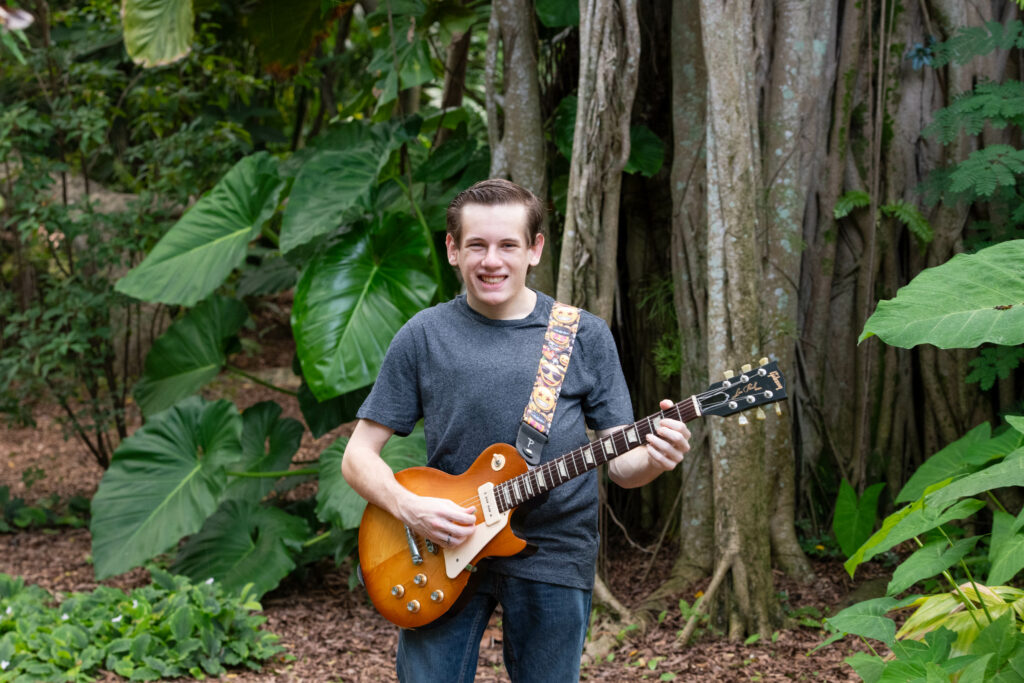
Aaron and his guitar.
Resilient, positive, and determined are a few words that describe 16-year-old Aaron. These traits served him well through his battle with cancer and continue to guide his life today.
When he was 4, Aaron stopped walking. An MRI revealed the cause – a tumor on his spine. His mom, Beth, recalls, “They didn’t wake him up between the MRI and surgery. I remember whispering in his ear that if he made it though, he would get a puppy.” Surgery successfully removed 90% of the tumor. A few days later, his family received the official diagnosis – Ewing sarcoma, a rare bone and soft tissue cancer.
Meet the 2024 St. Baldrick’s Ambassadors!

St. Baldrick’s Ambassadors represent the more than 400,000 kids worldwide who are diagnosed with cancer each year. Ambassadors come from diverse geographic areas, ages, diseases, and treatment statuses. Their stories highlight the importance of supporting the best childhood cancer research so all kids diagnosed can live long, healthy, productive, and happy lives.
Every child is so much more than a cancer diagnosis. Each has their own unique personality, gifts, and talents. Read on to learn more about these remarkable kids.
Research Outcomes: Inspiring Hope
Our St. Baldrick’s Foundation Research Outcomes blogs highlight examples of the progress your donations are supporting. This quarterly edition focuses on promising new treatments for two types of pediatric sarcoma, protecting kids’ brains while treating brain tumors, and the ease of treating retinoblastoma with chemotherapy.
Thank you for making this research possible.
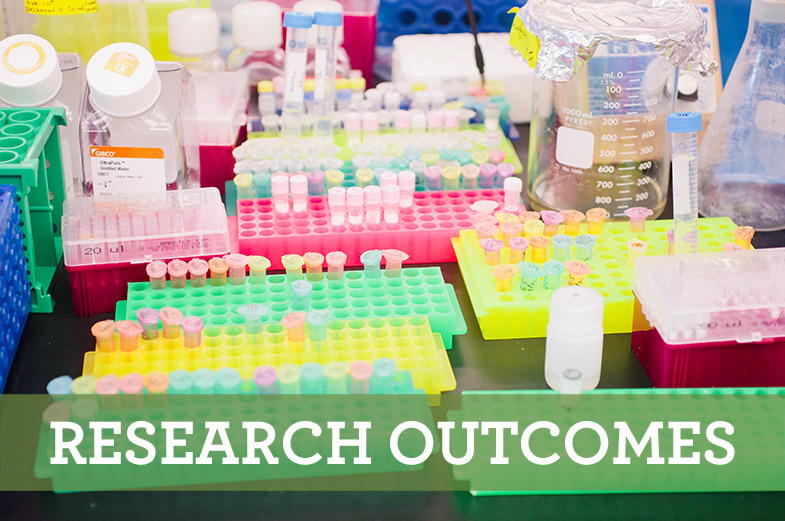
Protecting Kids’ Brains During Radiotherapy Treatment
Radiation therapy is commonly used to treat central nervous system (CNS) tumors in children and adults. While radiation therapy doesn’t usually harm the brains of adults, it can cause serious problems for kids. St. Baldrick’s funded researcher, Dr. Kristopher Sarosiek and colleagues discovered that the younger the patient, the more damage the radiation does to their brain. Additionally, they discovered that radiation triggers a process that leads to brain cells dying in kids but not adults. Digging further, they identified a specific protein called BAX that is responsible for this cell death. When they blocked BAX, it prevented brain cells from dying in models. This finding could lead to new ways to protect kids’ brains while undergoing radiation therapy.
This grant is named for the Making Headway Foundation whose mission for the past 20 years has been to provide care and comfort for children with brain and spinal cord tumors through a continuum of services and programs while also funding medical research for cures.
A Promising New Target for Ewing Sarcoma
Ewing sarcoma is an aggressive pediatric bone or soft tissue cancer. Unfortunately, current treatments are not very effective, especially when the cancer has spread or doesn’t respond to treatment. To discover better treatment options for kids with Ewing sarcoma, Dr. Poul Sorensen and colleagues are studying proteins on the surface of Ewing sarcoma cells.
They discovered a new protein not previously known to be associated with this cancer. This protein, called ENPP1, is found only in Ewing sarcoma and not in normal tissues. Because the protein is only in Ewing sarcoma cancer cells it makes for a promising target because therapies could potentially find this protein, leaving normal tissues alone. The researchers are hopeful this will open the door to new immunotherapy treatments for Ewing sarcoma.
This St. Baldrick’s Martha’s BEST Grant for All is funded through an anonymous $1 million donation aimed at developing new treatments for Ewing sarcoma, an aggressive bone and soft tissue cancer in children and young adults. This grant is named for a special teenager who passed away from Ewing sarcoma.
New CAR T-Cell Therapy Eliminates Rhabdomyosarcoma
Rhabdomyosarcoma is the most common soft tissue sarcoma affecting kids. A recent study from the St. Baldrick’s Foundation EPICC Team (Empowering Pediatric Immunotherapies for Childhood Cancer) showed that CAR T-cell therapy effectively eliminated the vast majority of rhabdomyosarcoma tumors in models in a matter of weeks.
CAR T-cell therapy is a type of immunotherapy that involves taking cancer-fighting immune cells, called T cells, from a patient and modifying them to target a specific protein found on the surface of cancer cells. The modified T cells are then injected back into the patient, with a boosted ability to fight cancer. Next steps will move this therapy into humans in a phase I clinical trial. “We have a great deal of work ahead, but the hope is that this therapy is going to work for people with this type of cancer that has been unresponsive to other treatments,” says lead investigator Dr. Javed Khan.
Chemotherapy for Retinoblastoma, A Feasibility Study
Retinoblastoma is the most common type of eye cancer in kids. Delivering chemotherapy directly into the eye as a treatment to save the eye in kids with advanced retinoblastoma is used more and more, based on internationally reported success mainly through retrospective studies. To study the feasibility of this treatment (how easily it can be provided) with St. Baldrick’s Support, the Children’ Oncology Group (COG) initiated a clinical trial at 9 institutions. Findings showed it is not feasible due to trouble accessing the appropriate location in the eye to deliver the medicine in some patients. These results do not mean the treatment is not effective, but suggest doctors use caution when considering this treatment to acknowledge the difficulty of delivering the chemotherapy, and invest in specialized training in order to make the treatment easier to administer. Feasibility studies are important to ensure the best treatments are available for kids with cancer.
Not every publication of research supported by St. Baldrick’s makes the news, but each one adds to the body of scientific knowledge that takes us one step closer to better outcomes for kids with cancer. Your continued support will make more research possible to Conquer Kids’ Cancer.
Donate now and help support research into better treatments for kids with cancer.
Read more on the St. Baldrick’s blog:
Meet Ford: A Feisty and Fierce Little Warrior
Ford is a commanding force, in all senses of the word. As a Leo born in August, he truly encompasses all traits of the fierce lion – courageous, fearless, and brave. Not only does he light up a room with his infectious smile, laughter and captivating voice, he draws everyone in like a magnet.

Ford smiling from ear to ear in his lion ears.
What Is Sarcoma?
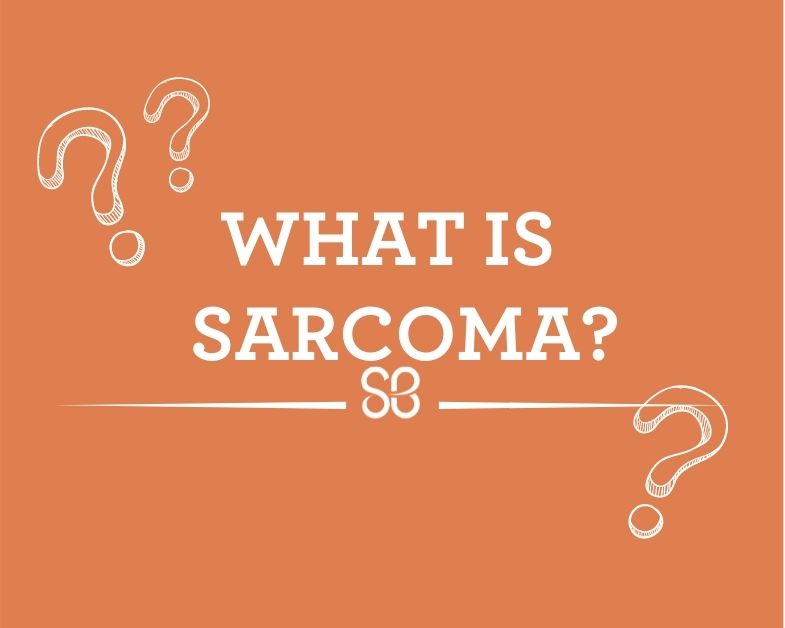
What are childhood sarcomas?
A sarcoma is a tumor that grows in the bone or soft tissue (muscles, nerves and fat) anywhere in the body. Sarcomas are rare, especially in young children, accounting for less than 15% of childhood cancers.
Pediatric sarcomas are classified into two major categories: bone sarcomas and soft tissue sarcomas.
Bone sarcomas can appear in any bone, but are most often seen in the leg, arm, pelvis or rib. The most common bone sarcomas are Ewing sarcoma and osteosarcoma.
Soft-tissue sarcomas can occur in any soft tissue, anywhere in the body. The most common soft-tissue sarcomas are embryonal rhabdomyosarcoma and alveolar rhabdomyosarcoma.
Within these two umbrella categories, there are many different types of sarcomas that can develop in children.
Sarcomas can start off being tiny lumps that you can’t feel. They can spread through the body, or metastasize, before they grow big enough to be seen.
What Is Ewing Sarcoma?
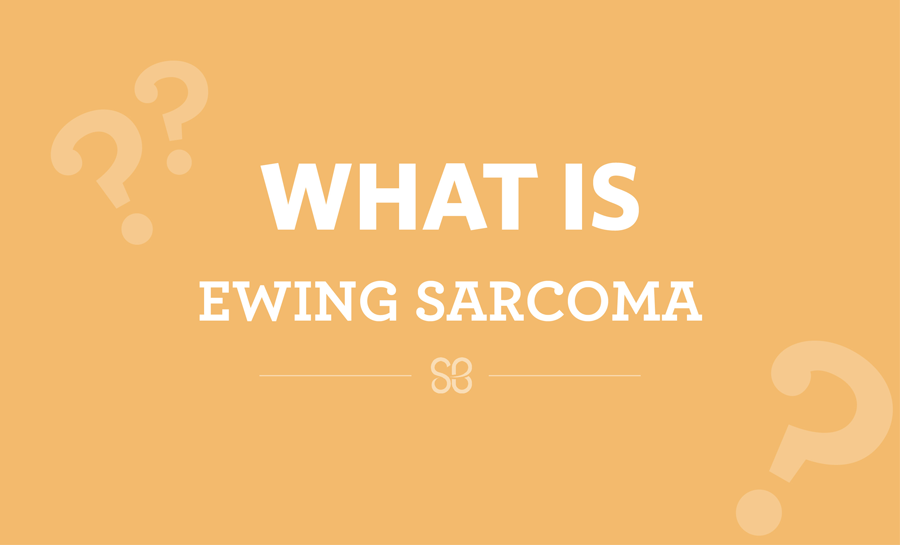
Jason Yustein, M.D., Ph.D., a St. Baldrick’s Foundation Board Member and Scientific Program Committee Member, at Emory University School of Medicine, Georgia, explains Ewing sarcoma symptoms, treatment options, and research opportunities.
What is Ewing sarcoma?
Ewing sarcoma is a type of childhood cancer that is most frequently found in children and adolescents between the ages of 10 and 20 years old.
Ewing sarcoma — the second most common bone cancer after osteosarcoma — often originates in the long, large bones of the body, including the hip, thigh, shin, chest, and arm bones.
Announcing the 2023 St. Baldrick’s Fellows
The hope for better futures for kids with cancer relies on childhood cancer research. And that research relies — not only today but for decades to come — on the training of the next generation of childhood cancer researchers. This new investment of over $1.2 million puts these young researchers on that path to finding new cures.
Read more below about what this new investment is supporting.
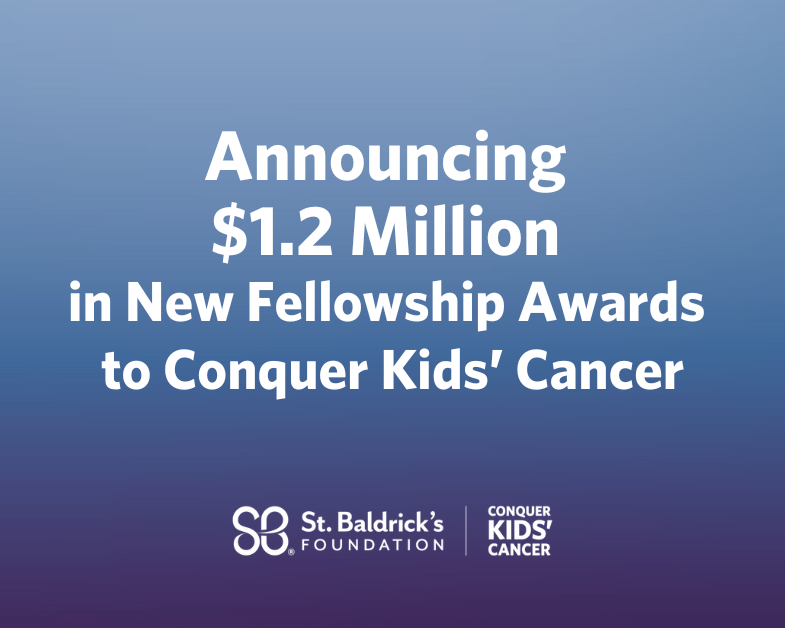
Meet 2023 Ambassador Martha: A Legacy of Courage, Compassion, and Conviction
For seven years, #TeamMartha was the rallying cry of a devoted community — family, friends, teammates, caregivers and even those who learned of her story from afar — who supported Martha Riedel in her battle with cancer. It symbolizes a life lived with courage, determination, and relentless zeal for all that she loved. It’s who Martha was.
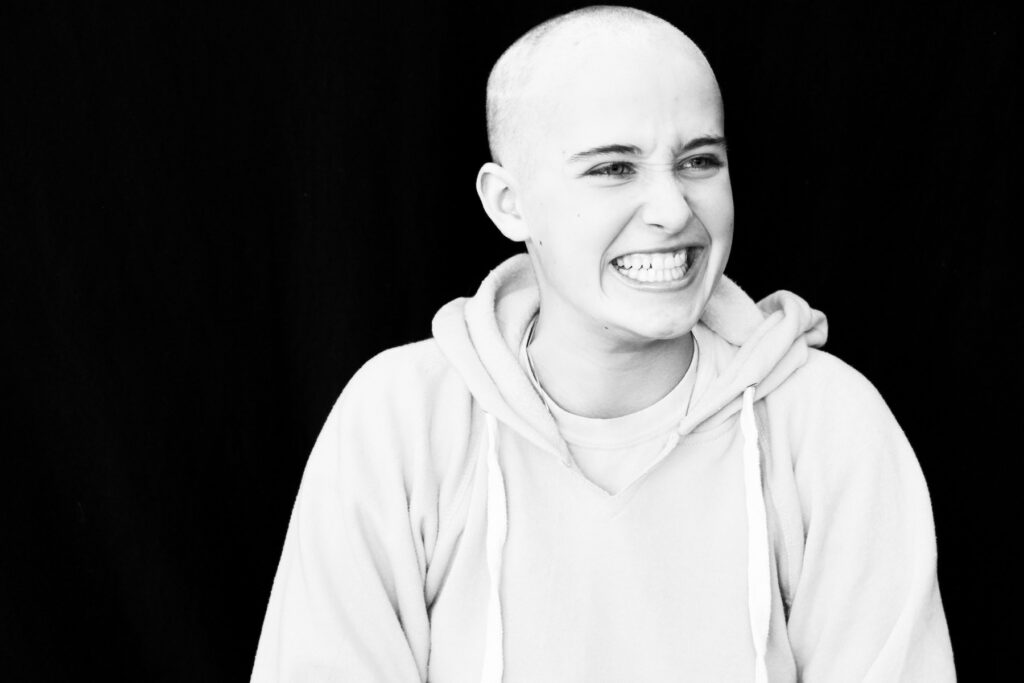
“Fierce Face” Martha
Meet the 2023 St. Baldrick’s Ambassadors!
Older Posts »

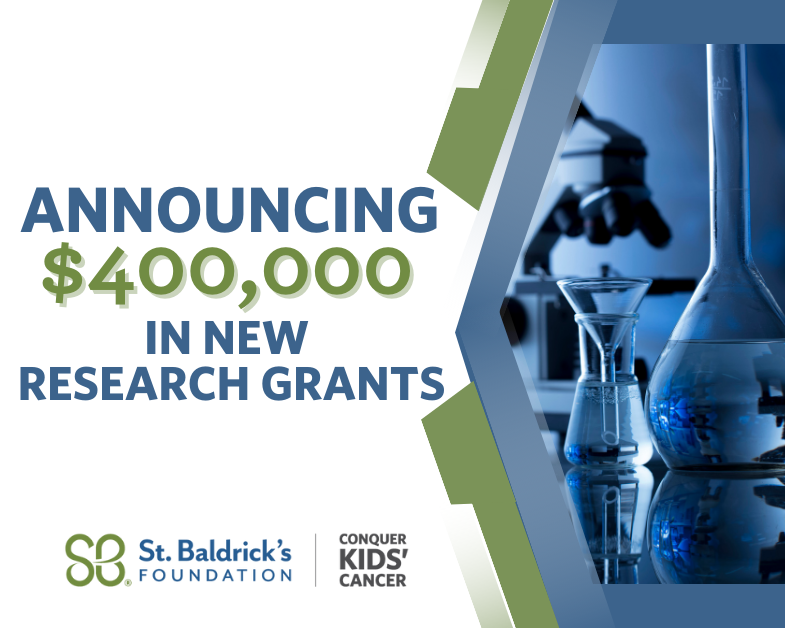
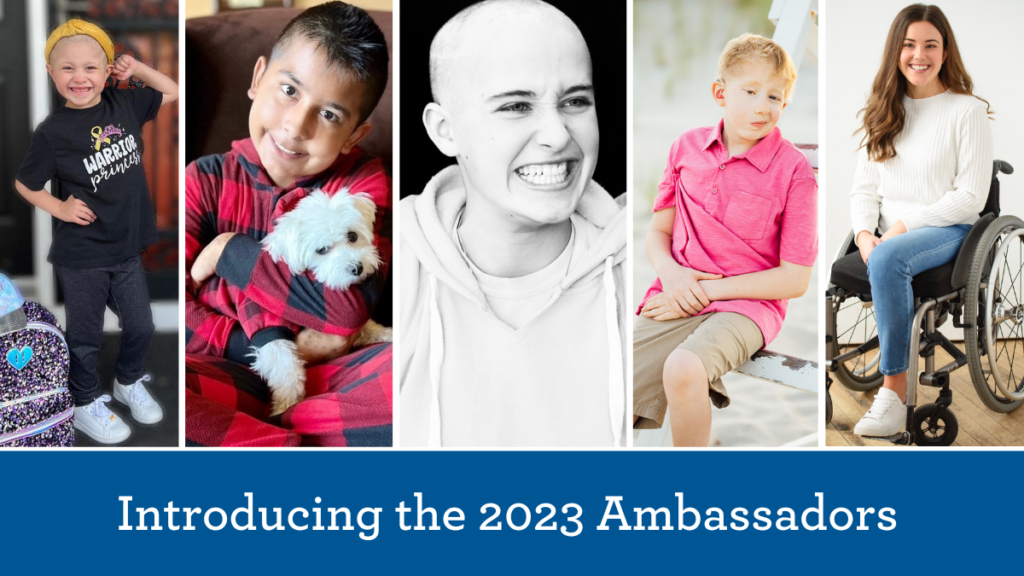
 SBF
Tweets »
SBF
Tweets »